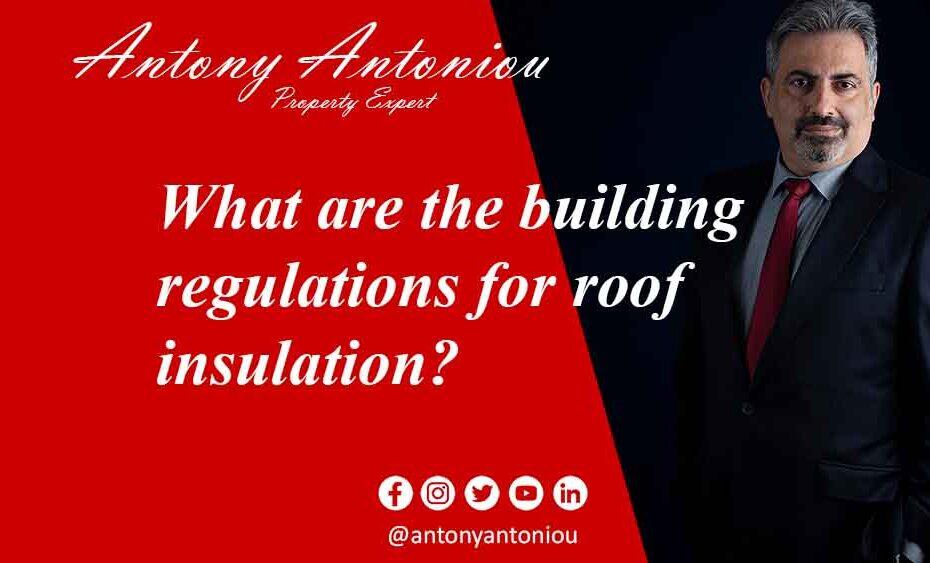What are the building regulations for roof insulation?
“As you might reasonably expect, most heat loss occurs through walls and roofs, but all parts of the design’s thermal envelope have to meet minimum U value targets,” says Ian Rock. “The U values tell you the maximum rate of heat loss (in Watts) that’s allowed to leak out of your home per square metre of wall or roof etc. The lower the figure the better, so for example, 0.28W/m2 K is better than 0.30W/m2K.”
“For insulating a roof the Building Regulations require a minimum of 270mm of mineral wool (or similar natural insulation),” says Tim Pullen. Working out how much loft insulation do I need in most cases will not be a problem in an existing house. If there is some insulation already in place it may be that this can be topped up but if the old material breaks up easily in the hand then it is probably not doing a lot of work and needs replacing.
Which is the cheapest type of roof insulation?
The cheapest form of roof insulation tends to be rolls of fibreglass insulation or loose fill insulation, while spray foams and natural insulation lie at the top of the price scale.
“To achieve the desired U value, natural insulation products are generally £18 to £22/m2 at 100mm thick, while for the same performance mineral wool is £5 to £8/m2 and rigid foam is £10 to £17/m2 at 50mm thickness,” explains Tim Pullen.
According to Checkatrade, spray foam insulation costs around £35/m2 for materials only.
When assessing roof insulation costs, it is important to bear in mind the savings you are likely to make by carrying out the task.
“You should bear in mind that about 25% of the heat in an uninsulated house escapes through the roof. The typical cost of 270mm mineral wool insulation for a four-bedroom house is around £700, which could save around £500 per year,” points out Tim.

